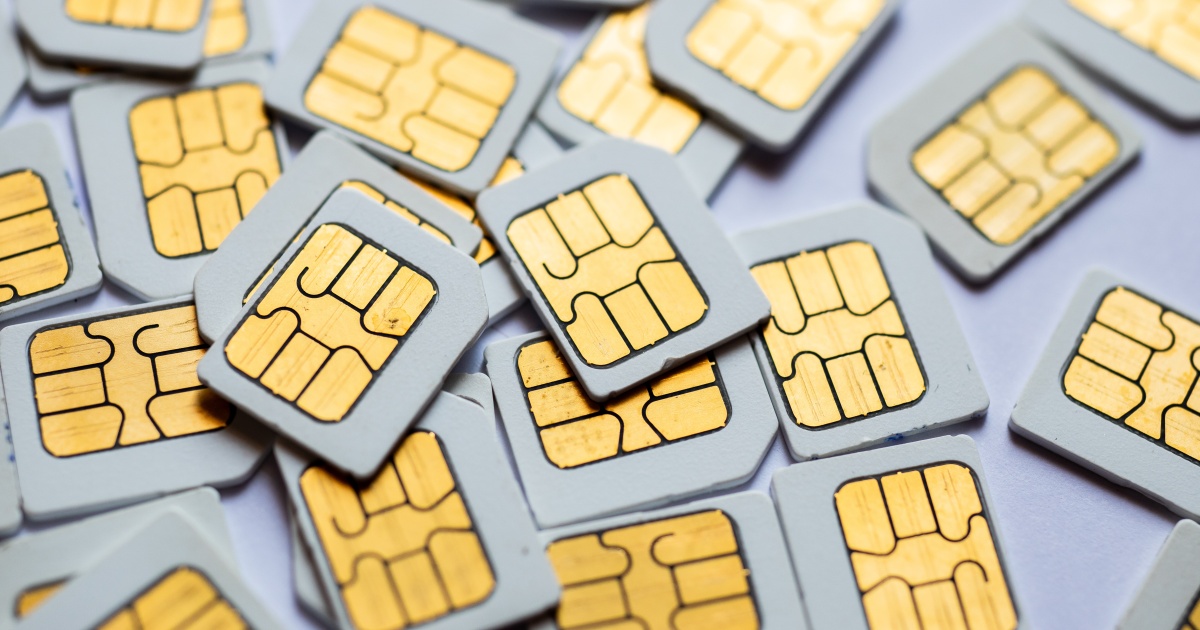
As we know, both eSIM and iSIM technologies are a big deal in IoT. (Even if this could be worded a touch more sophisticatedly, my initial statement still stands; eSIMs and iSIMs both offer big benefits for IoT devices and services, including reduced provisioning time for seamless network/carrier switching, the manufacturing of devices with smaller form factors because physical SIMs aren’t required, added security because they’re not quite as prone to user error, and reduced logistics costs and lifetime connectivity costs.) It’s a hot market for eSIM and iSIM tech, which is why Kaleido Intelligence – market intel and consulting firm – conducted a report and found that more than 1.4 billion eSIMs (i.e. this includes eUICC and iUICC form factors) are slated to be shipped by 2028, representing an estimated CAGR of 21% over the next five years.
From Kaleido Intelligence, three main takeaways can be gleaned from the report:
- Operators are essentially forced to embrace eSIMs and iSIMs. This is a positive thing, though. (Despite how it may sound, at first.) Kaleido’s research highlights how “a fully end-to-end digital onboarding process for consumer devices is now critical at sale,” and an equally critical factor behind this drive is the “enablement of the streamlined ability to transfer an eSIM from one device to another.” If the year 2023 has shown us anything (especially, for instance, related to AI), keeping things simpler (and automated, if possible) while achieving stronger data-driven results is the golden ticket. Such is the case for eSIMs and iSIMs; now, Kaleido is anticipating that smartphone eSIM activations, for example, will grow “by 77% between 2023 and 2028.” And that’s just one SIM-centric benefit.
- eSIM IoT specification offer a new competitive environment. The emergence of the IoT specification for eSIMs (which, in Kaleido’s words, will likely see “active commercialization as pre-compliant solutions in 2024”) will lower both technical and investment burdens for supporting better IoT connectivity. Support for eSIM solutions via new IoT specifications will “offer considerable opportunities at the wholesale level.” Given demand for connectivity profiles will rise, competitors are sure to jump on the IoT SIM train, in a matter of speaking.
- eSIMs/iSIMs pave the road to LPWAN optimization. Historically, as Kaleido put it, “the use of eSIM for LPWAN connectivity has been challenging. What’s more, the M2M specification demanded support for SMS or TCP/IP, while eSIM profiles were considered large enough to be taxing on low-bandwidth, battery-powered devices.” But since a more lightweight eSIM profile reduces the burden for over-the-air (OTA) eSIM LPWAN campaigns, more opportunities open up.
“The eSIM market has seen several developments recently that will smoothen the path to adoption and address many lingering ecosystem challenges,” stated Steffen Sorrel, Chief of Research at Kaleido. “The effect of this will mean eSIM or iSIM form factors will gradually become a de facto requirement by 2028 for most cellular devices.”
Read the full Kaleido Intelligence report here.
Edited by
Greg Tavarez





